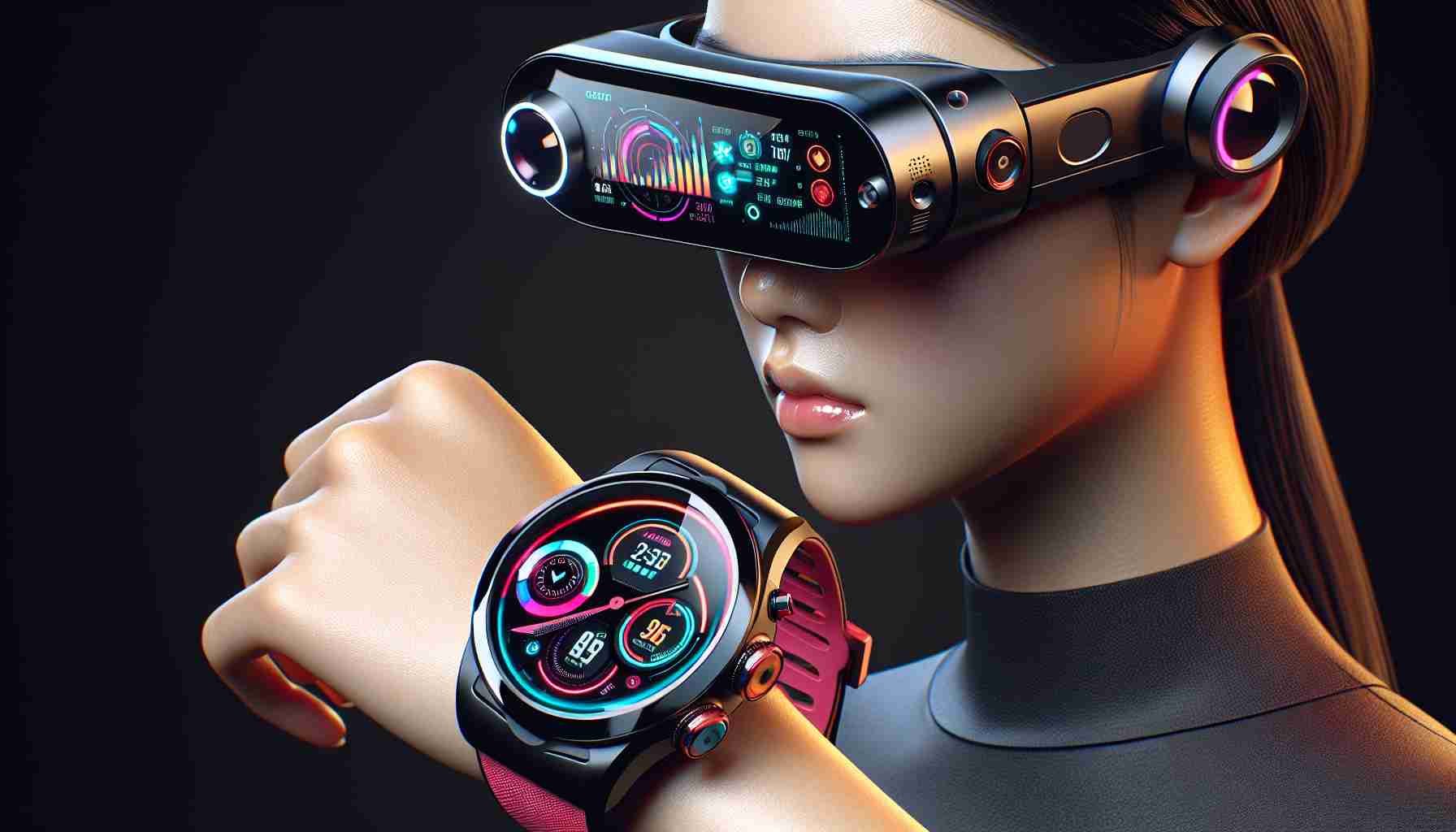Summary:
Wearable technology has witnessed remarkable advancements in recent years, revolutionizing various industries and enhancing the way we live our lives. In this article, we delve into the world of innovative wearable technology, exploring its impact, applications, and potential future developments. From smartwatches and fitness trackers to augmented reality glasses and smart clothing, this article aims to provide an insightful analysis of this rapidly evolving field.
—
In today’s digital age, technology has become an integral part of our lives, with wearable devices taking center stage. These innovative gadgets, often worn as accessories or embedded into clothing, offer a range of functionalities that go beyond traditional electronic devices. The versatility and convenience of wearable technology have sparked a wave of excitement, captivating industries ranging from healthcare to fashion.
Applications and Impact
Wearable technology has found applications in numerous industries, providing convenience, efficiency, and even life-saving capabilities. Let’s explore some of its key areas of impact:
1. Healthcare: Wearable devices are revolutionizing the healthcare industry by introducing new ways to monitor and track patients’ vital signs and overall well-being. Devices like fitness trackers, smartwatches, and biosensors can collect data such as heart rate, sleep patterns, and activity levels. This data enables healthcare professionals to monitor patients remotely, detect irregularities, and diagnose medical conditions more accurately.
2. Fitness and Sports: Fitness enthusiasts and athletes have embraced wearable technology to optimize their training and performance. From specialized running trackers to smart garments that track body movements, these devices offer real-time data on metrics such as distance covered, calories burned, and even suggest exercise routines based on individual goals. Wearable technology has become an indispensable tool for those seeking to achieve their fitness objectives.
3. Augmented Reality (AR) and Virtual Reality (VR): AR and VR technologies are increasingly being integrated into wearable devices, such as smart glasses and headsets. These devices provide immersive experiences, merging digital information with the user’s physical environment. AR glasses, for example, can overlay real-time information onto the wearer’s field of vision, enhancing productivity in various industries like manufacturing and logistics.
4. Smart Fashion: Fashion and technology have merged in the form of smart clothing, offering features like biometric tracking, gesture recognition, and even built-in heating and cooling elements. From connected jackets that track posture to smart socks that monitor foot health, wearable technology has the potential to revolutionize the fashion industry, making clothes more functional and interactive.
Future Developments
The field of wearable technology continues to evolve rapidly, with new innovations constantly being introduced. Some potential future developments include:
1. Health Monitoring: Wearable devices are expected to become even more advanced in monitoring various health parameters, potentially detecting early signs of diseases and alerting users and healthcare providers.
2. Integration with Artificial Intelligence (AI): The integration of wearable technology with AI systems could enable devices to learn from user data and provide personalized recommendations and insights.
3. Expanded Use in Virtual Reality: As VR technology becomes more sophisticated, wearable devices will likely play a significant role in enhancing the overall VR experience, providing realistic sensations and feedback.
4. Environmental and Sustainability Focus: As consumers prioritize sustainability, wearable technology is likely to incorporate eco-friendly materials and energy-efficient techniques, reducing the environmental impact of these devices.
Frequently Asked Questions (FAQ)
1. Are wearable devices safe to use?
Wearable devices designed by reputable manufacturers are generally safe to use. However, it is essential to follow proper usage guidelines and ensure the privacy and security of your data.
2. Can wearable technology track multiple health parameters simultaneously?
Yes, many advanced wearable devices can track multiple health parameters simultaneously, including heart rate, blood pressure, sleep quality, and more.
3. How long do wearable device batteries last?
Battery life varies depending on the device and its usage. On average, most wearable devices last between one to five days before requiring a recharge.
4. Can wearable technology be integrated into existing healthcare systems?
Yes, wearable technology can be integrated into existing healthcare systems, allowing healthcare professionals to access real-time patient data and make more informed decisions.
As wearable technology continues to advance, its impact on various industries and our daily lives is poised to grow exponentially. With the potential for enhanced healthcare monitoring, improved fitness capabilities, and immersive AR and VR experiences, the future of wearable technology looks promising indeed.
Sources:
– [TechRadar](https://www.techradar.com/news/wearables)
– [Medical News Today](https://www.medicalnewstoday.com/articles/320430)
The source of the article is from the blog anexartiti.gr
